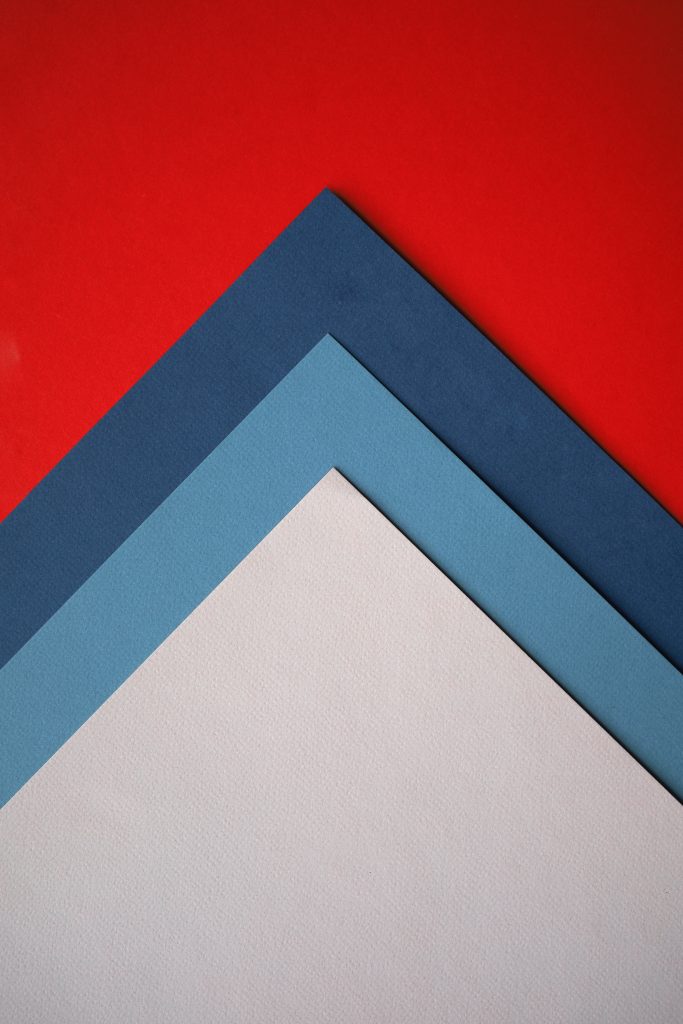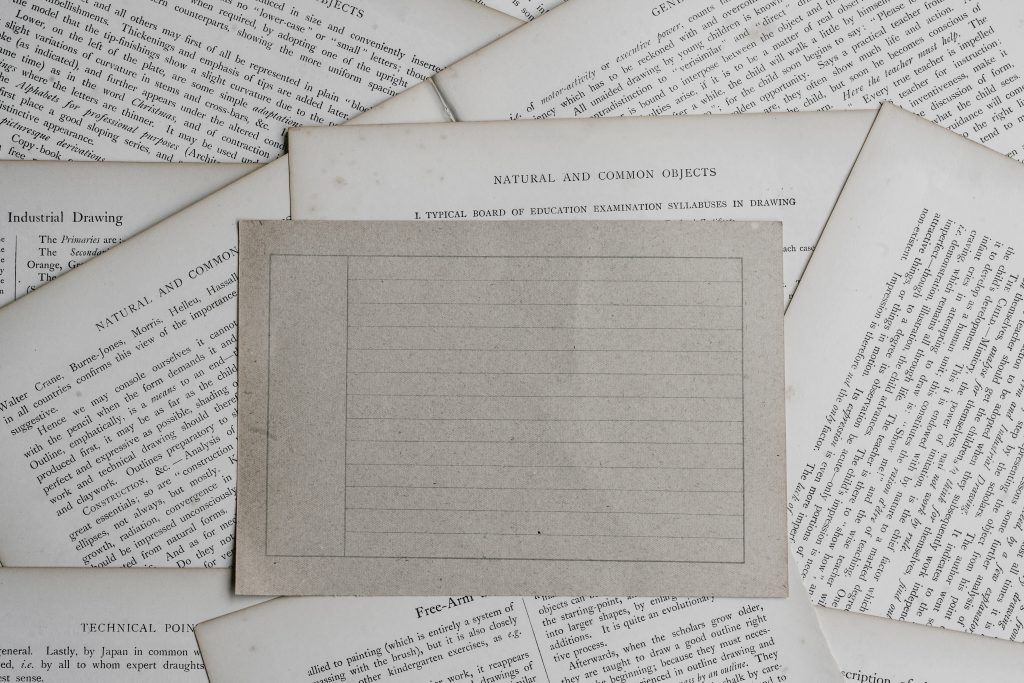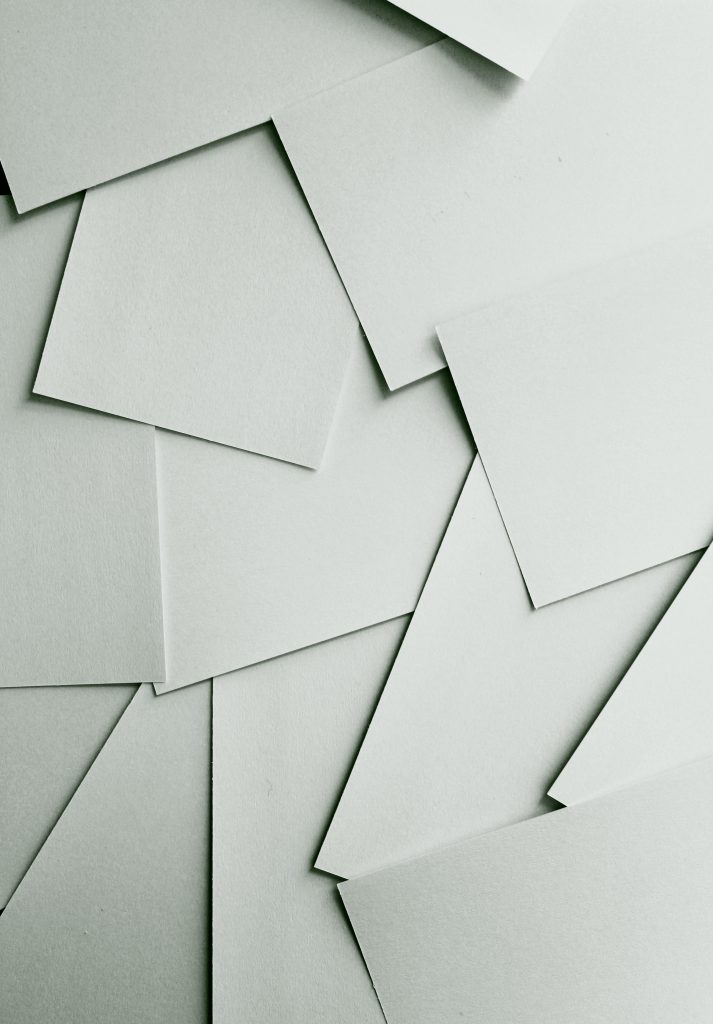Paper thickness refers to the distance between the two opposite surfaces of a sheet of paper, usually measured in thousandths of an inch or millimeters. On the other hand, paper weight refers to the mass of paper per unit area, typically expressed in pounds or grams per square meter (gsm).
Understanding paper thickness and weight is essential for anyone who works with paper, including printers, designers, and publishers. Knowing the paper’s thickness and weight can help determine its suitability for specific printing processes, such as offset or digital printing, and can also influence the paper’s handling, durability, and cost.
In this article, I will provide readers with a comprehensive understanding of paper thickness and weight, and the importance of choosing the right paper for different purposes. By the end of the article, readers should be able to determine the appropriate paper thickness and weight for their printing and packaging needs.
What Is Paper Thickness?
Paper thickness refers to the distance between the two opposite surfaces of a sheet of paper. It is typically measured in thousandths of an inch (mil or pt) or in millimeters (mm).
Measuring paper thickness can be done using a micrometer or a caliper, which allows for accurate and precise measurements. The paper is placed between the measuring jaws of the micrometer or caliper, and the thickness is recorded.

In the United States, paper thickness is often expressed in thousandths of an inch, with a standard sheet of printer paper, also known as bond paper, being around 4 mils thick. In other countries, such as Europe and Australia, paper thickness is measured in microns, with a standard sheet of printer paper being around 100 microns thick.
Different paper types have varying thicknesses, depending on their intended use and quality. Here are some common paper thicknesses for different paper types:
Printer paper or bond paper: 4-6 mils (0.1-0.15 mm)
Business cards: 12-16 mils (0.3-0.4 mm)
Greeting cards: 12-24 mils (0.3-0.6 mm)
Posters: 8-12 mils (0.2-0.3 mm)
Magazines: 2-4 mils (0.05-0.1 mm)
Textbook paper: 3-4 mils (0.08-0.1 mm)
Cover stock: 8-14 mils (0.2-0.4 mm)
Photo paper: 8-12 mils (0.2-0.3 mm)
Cardboard: 30-60 mils (0.8-1.5 mm)
Related: What Are The Tracing Paper Sizes?
Understanding Paper Thickness for Printing
Understanding paper thickness is crucial when it comes to printing. Different printing processes and printers require different paper thicknesses to achieve optimal results.

Here are some general guidelines for paper thickness for different printing purposes:
- Digital Printing:
Digital printers use toner or ink to produce images on paper. These printers are typically designed to handle a range of paper thicknesses, from thin copy paper to heavy cardstock. However, some digital printers may have limitations in terms of paper weight, so it is important to consult the printer’s specifications or consult with a professional to ensure the paper is suitable.
- Recommended paper thickness for digital printing: 20-28 lb bond (75-105 gsm) for text, 80 lb cover (215 gsm) for covers, and 100 lb cover (270 gsm) for heavy covers.
- Offset Printing:
Offset printing is a traditional printing process that uses ink to transfer an image from a metal plate to a rubber sheet, which is then pressed onto the paper. This process requires a specific paper thickness to achieve optimal ink transfer and image quality.
- Recommended paper thickness for offset printing: 60-80 lb text (90-135 gsm) for text, 100 lb cover (270 gsm) for covers, and 130 lb cover (350 gsm) for heavy covers.
- Letterpress Printing:
Letterpress printing is a traditional printing process that uses a raised image or text plate to press ink into the paper. This process requires a specific paper thickness to achieve optimal image quality and impression depth.
- Recommended paper thickness for letterpress printing: 80-110 lb cover (215-300 gsm) for covers, and 110-220 lb cover (300-600 gsm) for heavy covers.
- Inkjet Printing:
Inkjet printers use liquid ink to produce images on paper. These printers are designed to handle a range of paper thicknesses, but some models may have limitations in terms of paper weight, so it is important to consult the printer’s specifications or consult with a professional to ensure the paper is suitable.
- Recommended paper thickness for inkjet printing: 20-28 lb bond (75-105 gsm) for text, 80 lb cover (215 gsm) for covers, and 100 lb cover (270 gsm) for heavy covers.
Importance of Paper Thickness for Packaging
Paper thickness is an important consideration when it comes to packaging. The thickness of the paper can affect the durability and protection of the product inside. Here are some general guidelines for paper thickness for different packaging purposes:
- Boxes:
Boxes are typically made from corrugated cardboard, which consists of an outer layer, an inner layer, and a fluted middle layer. The thickness of the paper used in each layer can vary, depending on the intended use and the weight of the product being packaged.
- Recommended paper thickness for boxes: The fluted middle layer is typically 1/8 to 3/16 inch (3-5 mm) thick, while the outer and inner layers can vary from 30-90 lb (50-150 gsm) depending on the weight of the product.
- Bags:
Paper bags are often used for retail packaging and can be made from a variety of paper thicknesses, depending on the size and weight of the product being packaged.
- Recommended paper thickness for bags: 30-50 lb (50-80 gsm) for small items, 50-70 lb (80-110 gsm) for medium items, and 70-90 lb (110-150 gsm) for larger items.
- Wrapping Paper:
Wrapping paper is often used to wrap gifts or protect products during shipping. The thickness of the paper can vary, depending on the fragility of the product being packaged.
- Recommended paper thickness for wrapping paper: 20-30 lb (30-50 gsm) for lightweight items, 30-40 lb (50-65 gsm) for medium-weight items, and 40-50 lb (65-80 gsm) for heavy items.
Paper Weight
Paper weight is typically measured by weighing a ream (500 sheets) of paper that is a standard size for the specific paper type. The weight of the ream is then divided by the total area of the paper to determine the weight per square meter or pound.

The units used to measure paper weight varies depending on the location. In the United States, paper weight is typically measured in pounds (lb) while in other parts of the world, including Europe and Asia, it is measured in grams per square meter (gsm).
Here are some general guidelines for common paper weights for different paper types:
- Copy Paper:
Standard copy paper is typically 20 lb (75 gsm), which is suitable for most printing and copying needs.
- Cardstock:
Cardstock is a heavier paper commonly used for invitations, cards, and other printed materials that require more durability. It ranges from 65 lb (176 gsm) to 110 lb (300 gsm), with heavier weights used for more formal and high-quality printing.
- Newsprint:
Newsprint is a lightweight, inexpensive paper used for newspapers and other low-cost printed materials. It typically ranges from 30 lb (48.8 gsm) to 35 lb (56.9 gsm).
- Glossy Paper:
Glossy paper is a coated paper with a shiny finish that is commonly used for printing photos and other high-quality images. It ranges from 60 lb (163 gsm) to 100 lb (271 gsm), with heavier weights used for higher-quality printing.
Understanding Paper Weight for Printing
Paper weight is an important consideration when choosing paper for printing. The weight of the paper can affect the quality and durability of the printed product. Here are some general guidelines for paper weight for different printing purposes:
- Standard Printing:
For everyday printing and copying, a standard weight of 20 lb (75 gsm) is suitable for most printers.
- Professional Printing:
For professional printing and marketing materials, a heavier weight is typically used to give a more high-quality feel. Cardstock is often used for this purpose, ranging from 65 lb (176 gsm) to 110 lb (300 gsm).
- Inkjet Printing:
Inkjet printers can handle a variety of paper weights, but thicker papers may require adjustments to the printer settings. Heavier paperweights, such as 100 lb (271 gsm) glossy paper, are commonly used for printing high-quality photos.
- Laser Printing:
Laser printers can handle heavier paper weights than inkjet printers. For laser printing, a standard weight of 24 lb (90 gsm) is suitable, while heavier weights up to 110 lb (300 gsm) can also be used for high-quality printing.
Determining Paper Thickness and Weight
There are several tools and methods used to determine the paper’s thickness and weight.

Here are some commonly used tools and procedures:
- Micrometer: A micrometer is a tool used to measure the thickness of the paper. It works by using a calibrated screw to apply pressure to the paper and measure the thickness in microns or mils.
- Weighing Scale: A weighing scale is used to measure the weight of paper. A ream of paper is weighed, and the weight is divided by the total area of the paper to determine the weight per square meter or pound.
- Caliper: A caliper is a tool used to measure the thickness of the paper. It works by using a sliding jaw to measure the distance between the top and bottom of the paper.
Procedure for Measuring Paper Thickness:
- Place the paper on a flat surface and smooth it out to remove any wrinkles or creases.
- Using a micrometer or caliper, apply pressure to the paper and measure the thickness at several different points. Take an average of the measurements to determine the paper’s thickness.
Procedure for Measuring Paper Weight:
- Weigh a ream of paper (usually 500 sheets) using a weighing scale.
- Calculate the total area of the paper by multiplying the length and width of a single sheet.
- Divide the weight of the ream by the total area of the paper to determine the weight per square meter or pound.
FAQs
How thick is a micron of paper?
A micron is a unit of measurement equal to one-thousandth of a millimeter. The thickness of paper can vary depending on its type and weight, but a typical copy of the paper is around 100 microns or 0.1 millimeters thick. Therefore, a single sheet of paper is about 0.1 microns thick.
How thin is paper?
The thickness of paper can vary widely depending on the type and intended use. Generally, paper thickness ranges from about 0.05 millimeters (mm) for tissue paper to 0.3 mm or more for cardstock or cardboard. However, some specialized types of paper, such as Bible paper, can be as thin as 0.02 mm.
How can I determine the thickness of a paper?
To determine the thickness of a paper, you can use a micrometer or caliper. Smooth out the paper on a flat surface and apply pressure to it with the tool. Measure the thickness at several different points and take an average to determine the paper’s thickness.
How does paper weight affect print quality?
Paper weight can have a significant impact on print quality. A heavier paper weight can give a more professional and high-quality feel to printed materials. It can also improve the durability of the printed product, as heavier papers are less likely to tear or crease.
What is the difference between paper thickness and weight?
Paper thickness and weight are two different measurements of paper. Paper thickness refers to the distance between the top and bottom of the paper, typically measured in microns or mils. Paper weight refers to the mass or heaviness of the paper, typically measured in grams per square meter or pounds.